At the end of the day, movies are really about solving a conflict.
And more often than not, that conflict is expressed between two fundamental building blocks: A hero and a villain. A protagonist must overcome the challenges in front of them and defeat their antagonist. That's simply how hero types in film work.
This process leads to a climax, a resolution, and growth — a process also called a character arc or simply "the hero's journey."
However, while that might be the basic formula, the ways that filmmakers (and playwrights, composers, and storytellers before them) define this journey changes with each story. And one of the ways that these stories differ is by changing the main character (or the central character).
So, for any aspiring filmmakers looking to pen their short or feature films (or those just interested in doing a bit of character-writing research), let’s go over the different types of main character heroes and anti-heroes in film. We’ll also explore how you can re-write your heroes and other characters to be different, interesting, and…well…heroic.
The classical hero
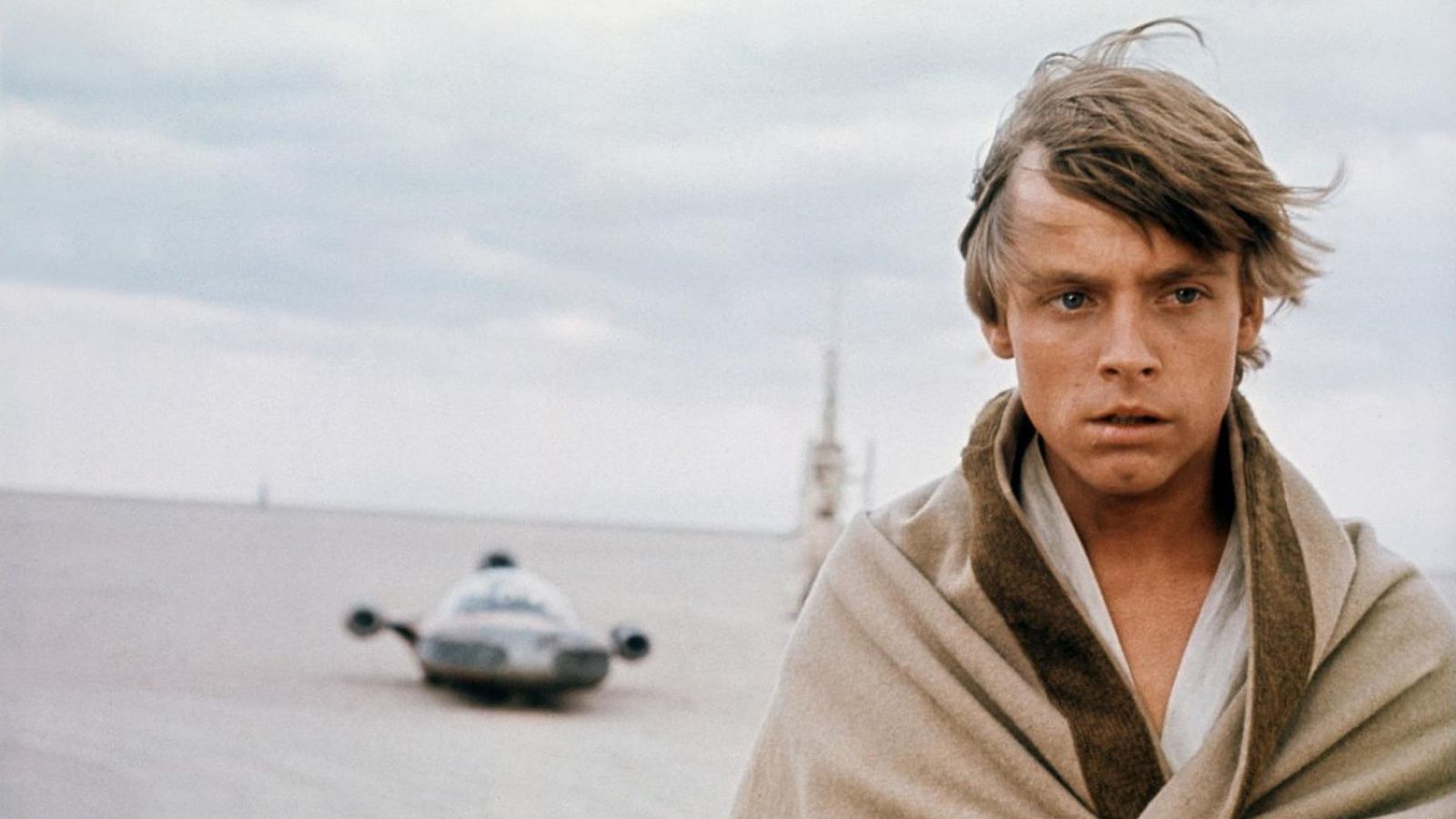
Let’s start with one of the most basic types of hero archetypes: The classical hero.
Also called the “romantic hero,” this main character hero type comes from classic literature and art. The term usually refers to a hero character who simply has no choice but to be a hero.
Whether it be by some supernatural traits (which overlaps with superheroes) or by virtue, these heroes are called to action and will always answer the call…although sometimes a bit reluctantly.
Examples of classic heroes include Luke Skywalker, Lancelot, and Harry Potter.
The epic hero
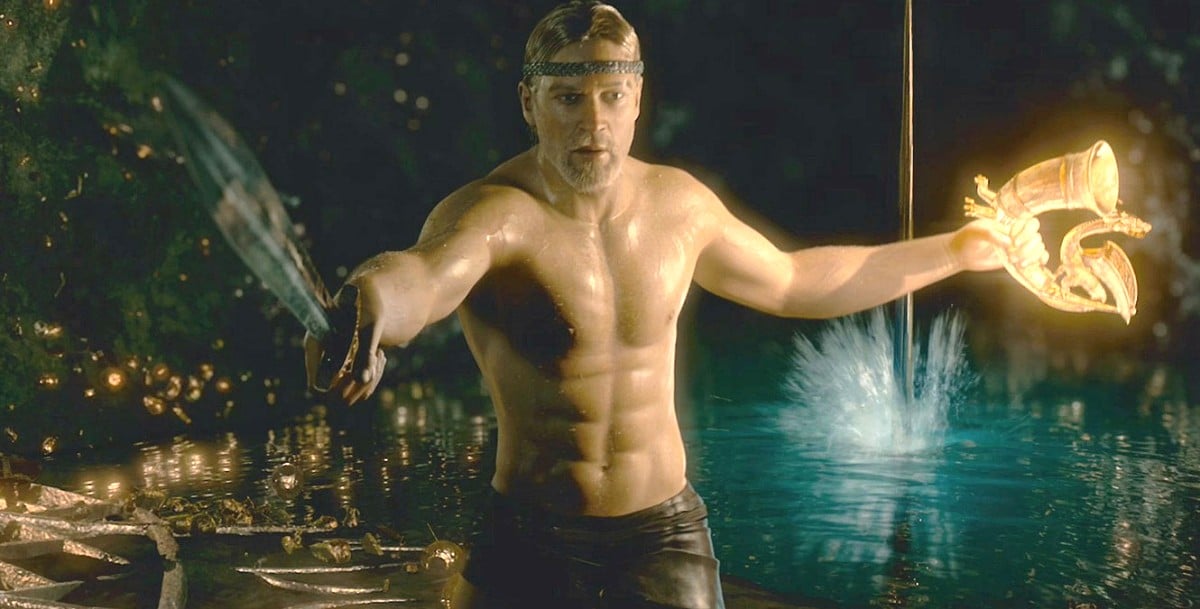
Similar to a classical hero (and with some overlapping characteristics) we also have the epic hero archetype. This main character type of hero comes from even further back in folklore and includes biblical and god-like characters.
Known for having divine power and altruistic virtues, these hero types give definition to the very building blocks of narrative and protagonism. nd they often make a great romantic partner or action hero as well.
Examples of epic heroes include Beowulf, King Arthur, and Thor.
The everyman hero
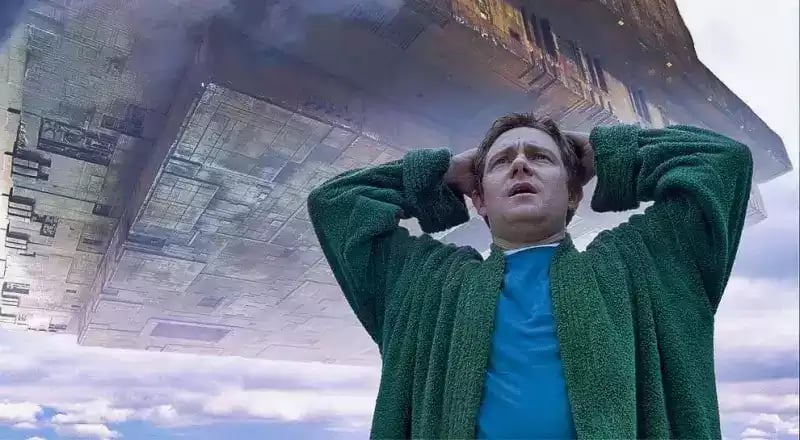
Standing in contrast to a classic hero is the everyman hero. These main character hero types are characters that reflect the audience in real life.
Unlike epic and superheroes (which we’ll go over below), these heroes are regular everyday Joes who simply want to be a happy secondary character in a story. However, through chance or misfortune (a popular style of comic relief), these characters can be pulled into an adventure where they must choose to act heroically as a way to move the story forward.
Examples of everyman heroes include Bilbo Baggins, Peter Parker, and Arthur Dent.
The tragic hero
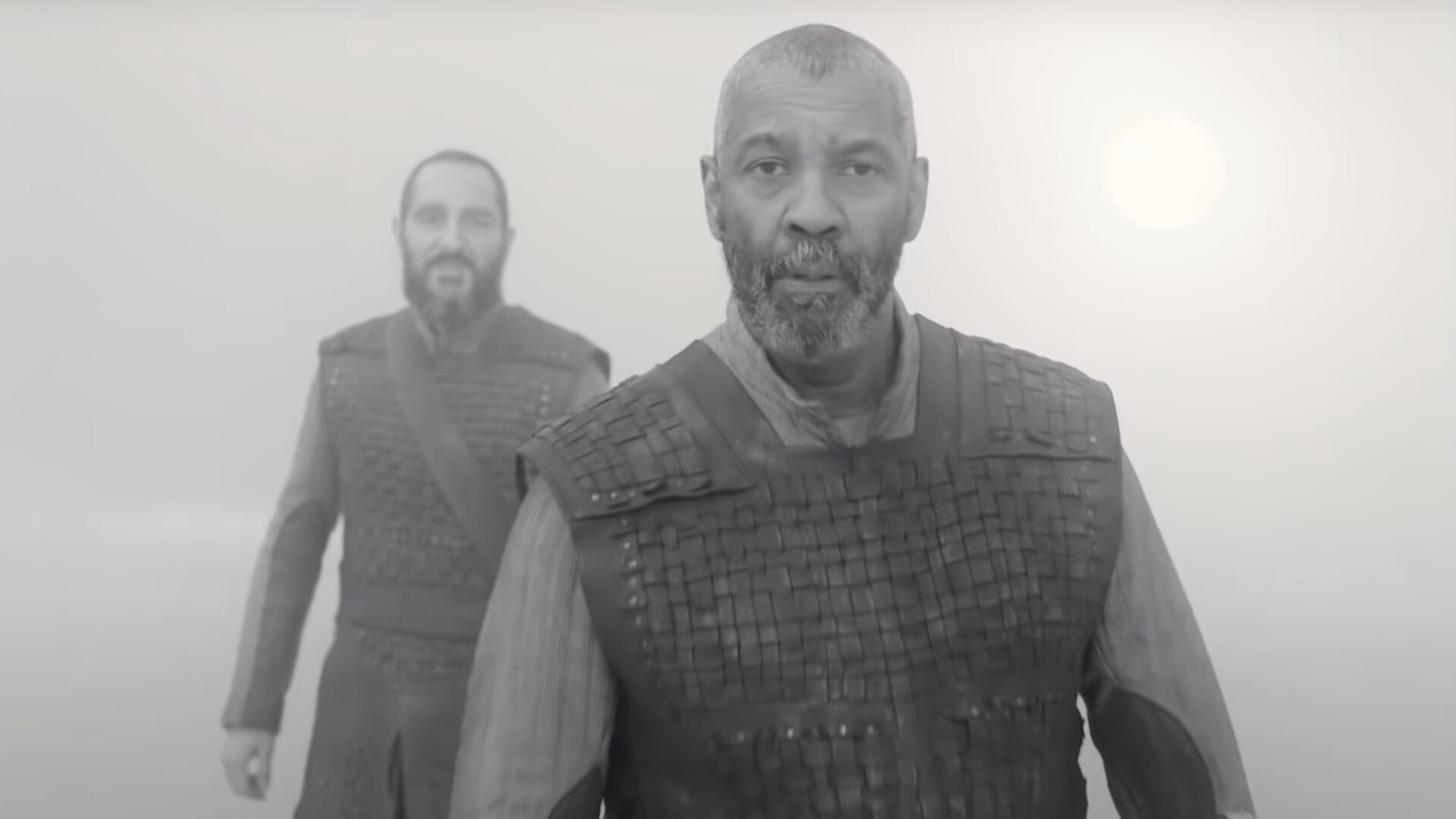
If you’ve ever watched a Shakespearean play (or read Aristotle), you’ll already be familiar with the plight of the tragic hero. And just like you see in literature and theater, this main character hero type can still be found in modern film and cinema as well.
While this hero type can be based on any other type, things will — almost by definition — not work out well for the tragic hero (or their love interest). And the audience will be left to feel for them in their defeat.
Examples of tragic heroes include Romeo and Juliet, Macbeth, and Jake LaMotta (Raging Bull).
The superhero
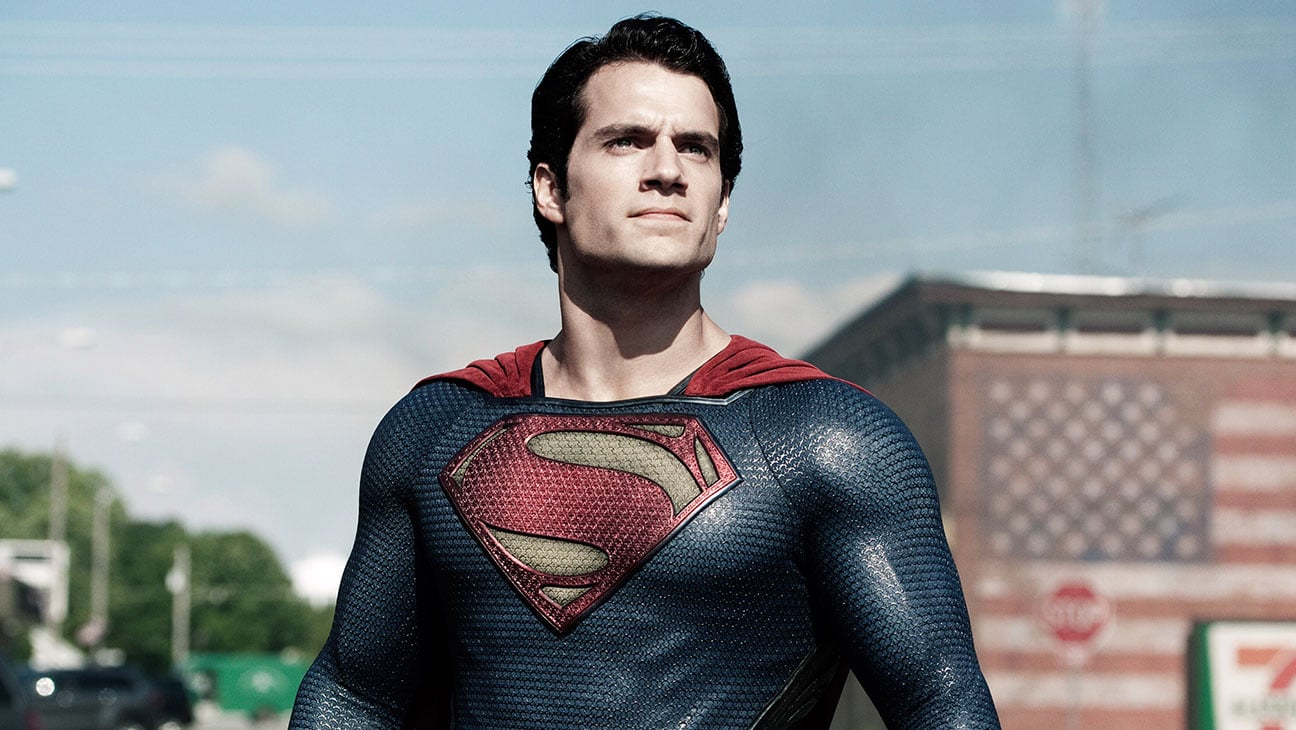
Moving onto one of the most popular action hero types in modern cinema, we have the uber-men: Superheroes. This main character action hero type is pretty easy to recognize because their chief calling card is, well, their super powers.
However, if you want to create more meaningful superheroes for your own projects, keep in mind that many of these heroes share other trope distinctions as well. It’s not uncommon to find superheroes with traits from epic, classic, or everyman heroes as well. (Or even anti-hero, as we’ll explore below.)
Examples of superheroes include Superman, Captain America, and Wolverine.
The anti-hero
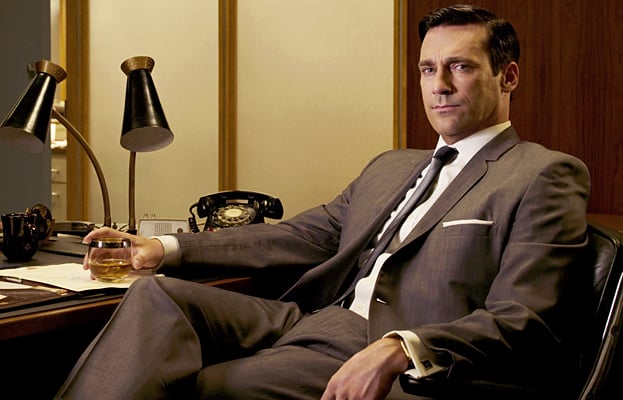
Finally, we have what has apparently become our new favorite hero type in modern film and media: The anti-hero.
Perhaps because we’ve spent so many decades and centuries celebrating heroes full of virtue, the past few decades have led to a great influx of heroes with less desirable (but perhaps more honest) flaws and defects. And in fact, with today’s storytelling nuances, it’s hard to imagine any hero not having at least certain elements of the anti-hero.
These anti-heroes can still make great protagonists, even if they can at times demonstrate immature, immoral, or even villainous qualities. But if you truly want your audience to like them, you should give them some sort of redemption and chance to prove themselves at the very end of their journey.
Examples of anti-heroes include Don Draper, Tony Montana, and Travis Bickle.
Further reading
Hopefully these hero (and anti-hero) types will give you a good understanding of how heroes have been written in the past, and how those classic examples have shaped our modern interpretation of heroes.
However, don’t let these archetypes box you in when you look to create new and interesting heroes for your films scripts and projects.
If you’d like to read more about screenwriting and filmmaking in general, check out some of these additional articles on the Soundstripe blog:

